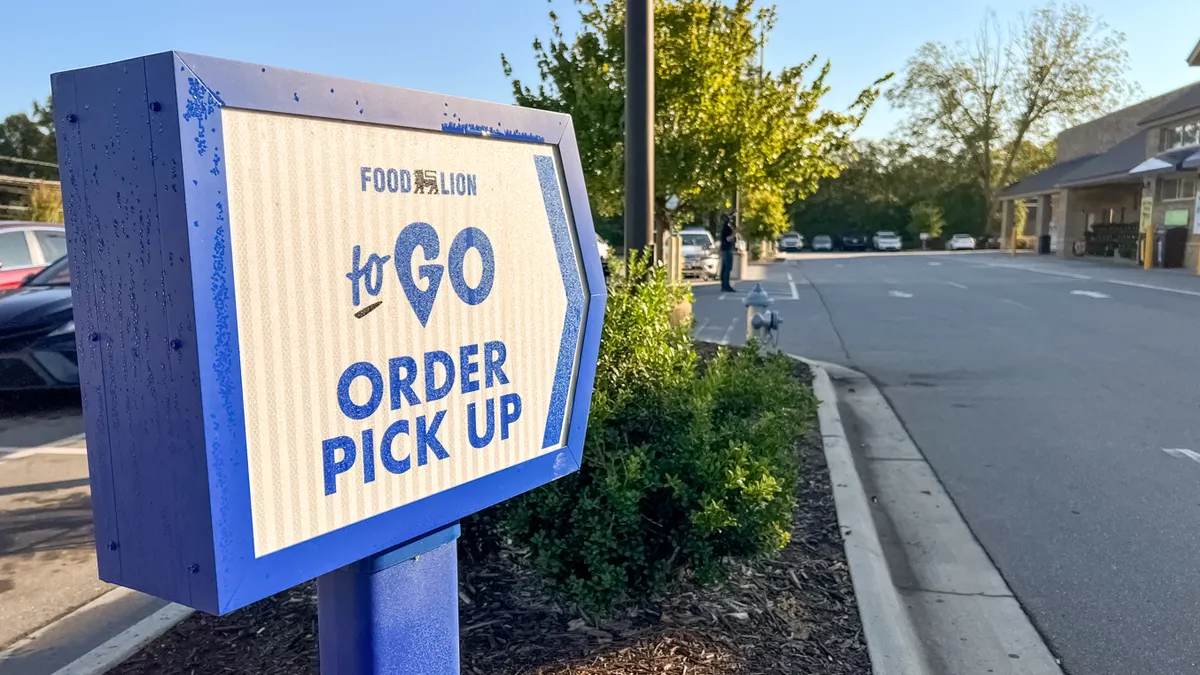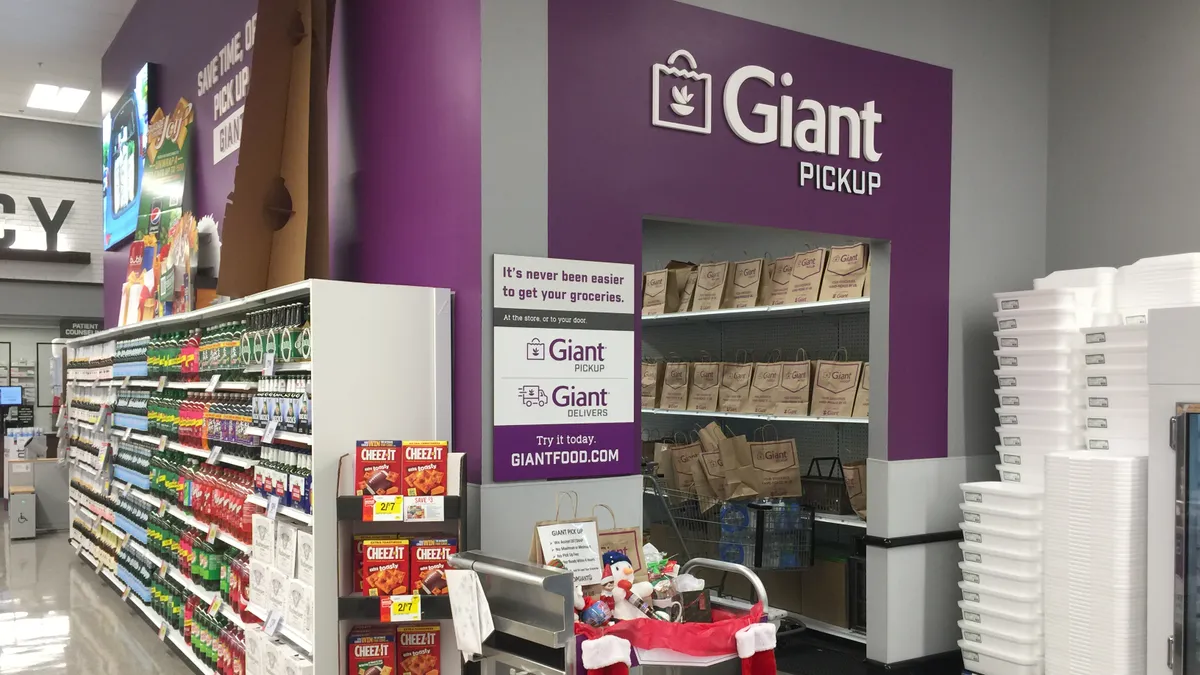LAS VEGAS — Technology may be the talk of the town, or at least the talk of Groceryshop, but it's not one-size-fits-all for grocers. From home delivery to in-store robots, four experts challenged the assumptions of today's biggest innovations in grocery during a rapid-fire session Monday.
Home delivery
While grocers big and small are investing in home delivery, nobody is making any money, said Phil Lempert, president and CEO of Consumer Insight. Additionally, grocers are throwing money at autonomous vehicles, hoping that will help with delivery. But with unreliable delivery windows and concerns over security, grocery delivery isn't working for people who value the convenience it's supposed to offer, Lempert said.
Gary Hawkins, founder & CEO of the Center for Advancing Retail and Technology, agreed. "The economics of grocery delivery simply just don't work," he said. Even as automation improves grocery delivery long-term, fresh food will remain something that most people want to buy themselves in stores, according to Hawkins.
But Brita Rosenheim, a partner at Better Food Ventures, disagreed. She said over time, autonomous delivery will help. "I think tighter fulfillment and procurement centers that are focused purely on delivery, I think that will give some leeway on the margins," she said.
In-store technology
While there's no doubt that the in-store experience is important, the technology that currently exists isn't doing much to elevate it, Hawkins said. Most grocers and industry experts thought that people's mobile devices would drive the in-store experience, but so far that’s not happening, with few shoppers truly engaging with their devices while they do brick-and-mortar shopping.
Smart shelves, in-aisle displays and digital screens are also getting a lot of attention and investment, but Hawkins said there's a capital expenditure question there. "Who's going to pay for all this?" he said.
Lempert argued the in-store experience comes down to one thing: humanity, not technology.
While Rosenheim agreed, she said technology still has a place in-stores. "I think that technology can release the humans to have more human touch."
Robotics and computer vision
If there's one technology that raised the most reactions, it was in-store robots, like Giant’s Marty and Schnucks' Tally.
"I'm not bullish on robots," Rosenheim said.
They scare people. No one will walk over to them. They just want to take selfies with them, Lempert said.
"Many retailers are chasing the next shiny object, spending money and resources against all these different things without really having a clear sense of where they're going, what they're trying to accomplish," Hawkins said.
Robots and robotic technology play a role in cleaning and maintenance, improving accuracy, picking and scanning for out-of-stocks. Hawkins said that cameras mounted on ceilings can play the same role, however, at a fraction of the cost. As robotic technology becomes more sophisticated, so does computer vision, and that is going to improve the capabilities of fixed in-store cameras rather than robots.
E-commerce
According to Lempert, e-commerce grocery experiences have a lot of room to improve, especially when it comes to offering shoppers nutritional information on the products they buy. "I think most e-commerce grocery experiences are horrible and incorrect. Until we can get our act together on having good information in e-commerce, why should anybody shop it?" he said.
Panel moderator Pano Anthos, founder and managing director at XRC Labs, said that e-commerce plays a key role for replenishment, but it doesn't offer discovery.
While the technology to offer a better grocery e-commerce experience exists, Rosenheim said she hasn't encountered a good one.
"[Grocery e-commerce] doesn’t replicate the in-store experience, categorization, discovery," Rosenheim said. "It's lacking. The rest of our e-commerce experience is targeted, personalized, merchandised toward us and it totally does not exist in the grocery experience."
Health and wellness
As a standalone category, health and wellness has seen an uptick in innovation, from diet tracking and suggestions to programs like Spoon Guru, which lets shoppers filter items by dietary preference and uses artificial intelligence to provide product recommendations. However, retailers need to find a way to streamline that technology to benefit customers and drive profits in the category, according to Rosenheim.
"This is a category that I'm interested in but we haven't invested in yet because we've had a really hard time finding where the clear revenue model is outside e-commerce," she said.
Lempert agreed that technology to boost the health and wellness segment is prevalent, but it's inconsistent and doesn't serve a specific purpose. The tools are only confusing consumers. Instead, he said technology should be a tool for in-store dietitians to better serve shoppers.
"It's not about the technology; it's about equipping those dietitians with technology to make their jobs easier," Lempert said.
While the panel generated spirited debate and spanned additional topics, solutions to the issues raised weren't offered. The key takeaway? Grocery technology needs to be evaluated thoughtfully and thoroughly as part of a bigger strategy, and although it's tempting for grocers to get on board quickly to compete, most innovations have a long way to go.




















